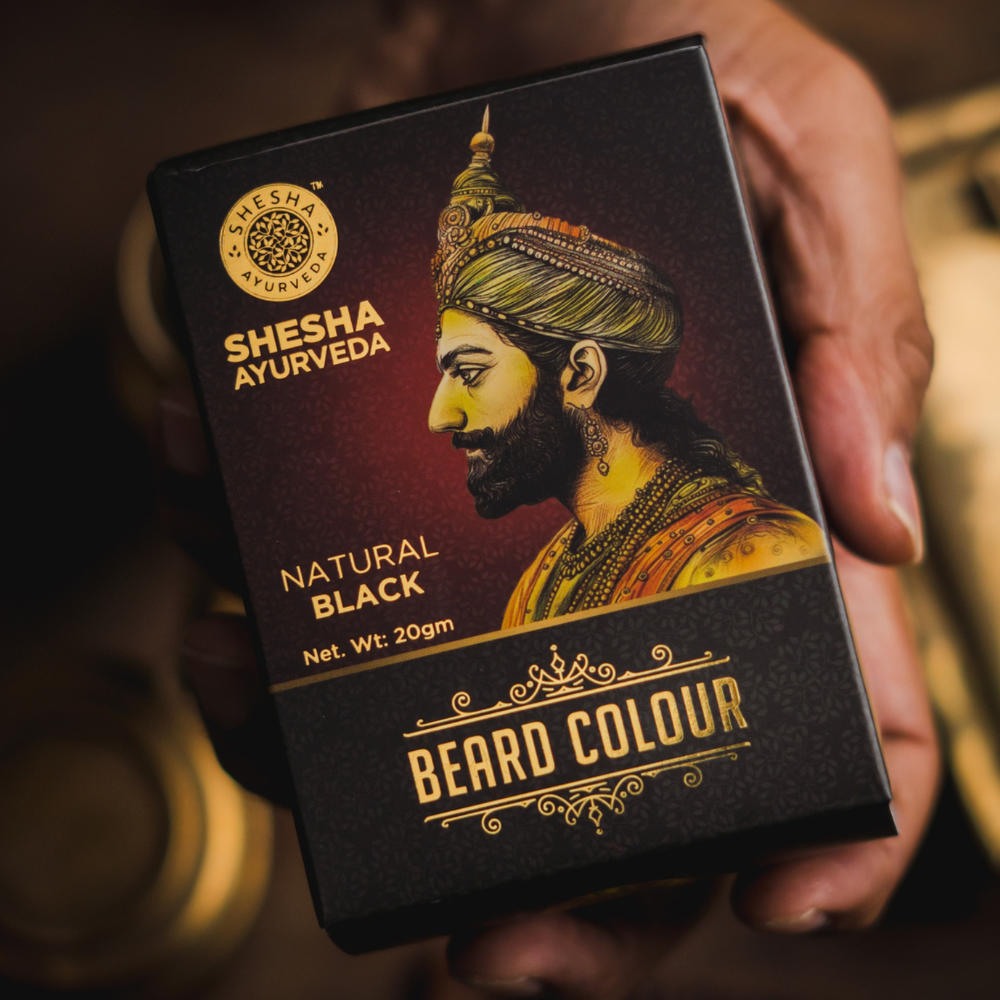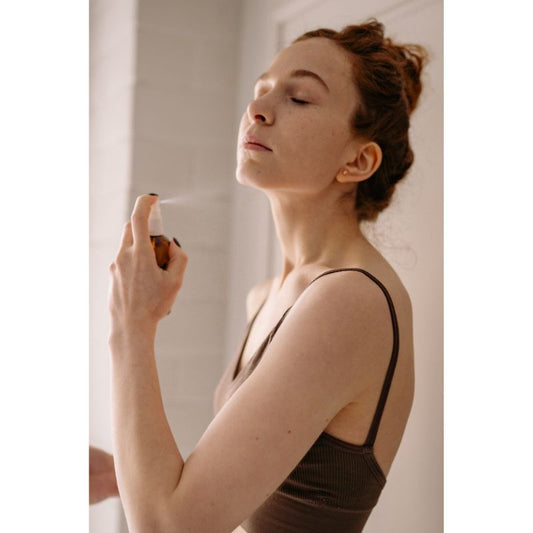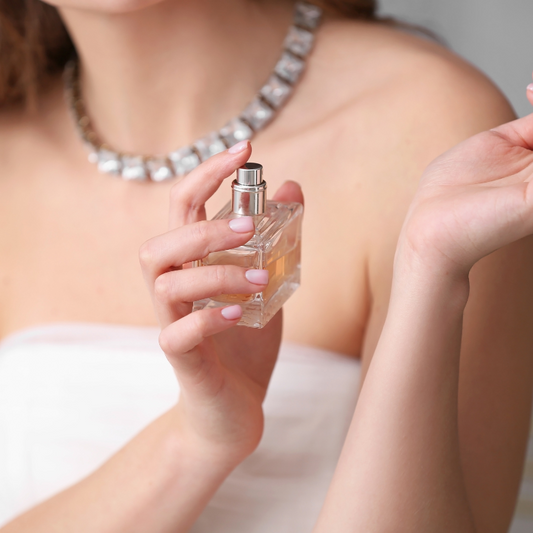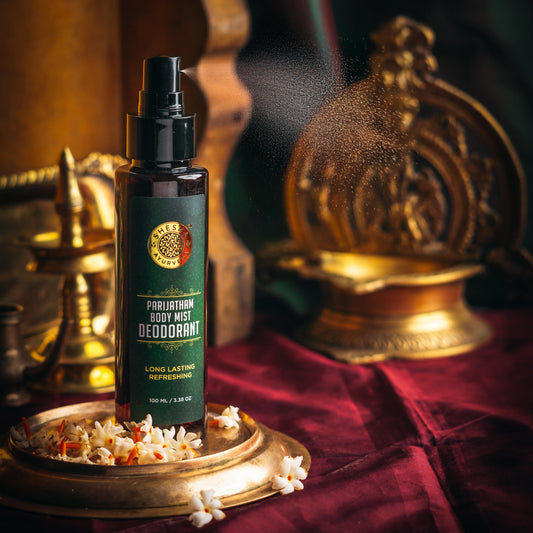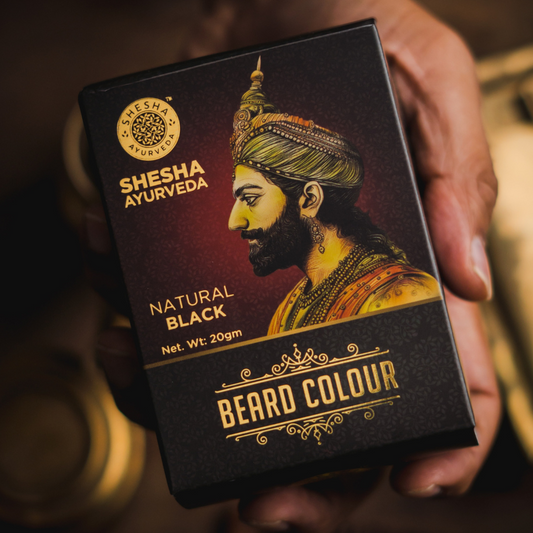
The mirror doesn't lie. That distinguished silver threading through your beard might make you feel wise, but when it comes to matching the energy you feel inside, sometimes nature needs a gentle nudge. Enter the world of beard dyeing—not the obvious, blocky transformation that screams "I dyed my beard," but the subtle art of enhancement that has people wondering if you've discovered the fountain of youth.
Mastering natural-looking beard dye isn't just about slapping color on facial hair and hoping for the best. It's a nuanced process that requires understanding your unique features, choosing the right products, and executing techniques that work with your beard's natural characteristics rather than against them.
The Psychology of Natural Enhancement
Before diving into technique, it's worth understanding why the "natural look" matters so much. A poorly executed dye job creates an uncanny valley effect—something looks off, even if observers can't quite pinpoint what. The goal isn't to fool anyone into thinking you haven't used dye; it's to create a result so seamless that the focus remains on you, not your grooming choices.
The most successful beard transformations enhance existing tones rather than completely overwriting them. Think of yourself as a master painter working with the canvas you already have, not covering it entirely with a new color.
Choosing Your Canvas: Understanding Your Natural Palette
Your skin tone, eye color, and existing hair color create a unique palette that should guide your dye selection. Men with warm undertones (golden, peachy, or yellow hints in their skin) typically look most natural with warm browns, auburn shades, or golden blacks. Those with cool undertones (pink, red, or blue hints) often find success with ash browns, true blacks, or cooler brown shades.
The "one shade lighter" rule serves as an excellent starting point. Choose a dye color one shade lighter than your desired result, as beard hair tends to absorb dye more intensely than scalp hair due to its coarser texture. This approach prevents the dreaded "shoe polish" effect that immediately broadcasts artificial enhancement.
The Art of Gradual Transformation
Nothing screams "dye job" quite like a dramatic overnight change. Professional colorists understand that the most convincing results happen gradually. Start with a semi-permanent dye for your first application, allowing you to test the waters without committing to months of growth or professional color correction.
Consider the "fade-in" approach: begin with a lighter application, focusing primarily on the most visible areas—the chin and jawline. Leave some of the natural gray or lighter hairs, particularly around the edges and in less prominent areas. This creates the organic randomness that occurs in natural hair color variation.
Mastering Application Techniques
The difference between amateur and professional-looking results often comes down to application technique. Instead of saturating every hair uniformly, work in sections and vary your coverage intensity. The goal is controlled imperfection that mimics how natural color variation occurs.
Start with clean, completely dry facial hair. Apply petroleum jelly or a barrier cream to your skin around the beard area to prevent staining. When mixing your dye, prepare slightly less than you think you'll need—you can always mix more, but you can't take back an over-application.
Use a small brush or applicator to work the dye through your beard in the direction of hair growth. Focus on the roots first, as these are typically the areas where gray shows most prominently. Leave the tips slightly lighter for a more natural sun-bleached effect that occurs naturally over time.
The Power of Selective Enhancement
Not every hair needs to be dyed, and not every area needs the same intensity of color. Professional colorists often leave 10-15% of gray hairs untouched to maintain authenticity. Focus your efforts on areas where gray is most noticeable—typically the chin, upper lip, and sideburn connection points.
Consider creating subtle highlights by applying dye more lightly to certain sections. This technique, called "lowlighting" in professional circles, adds depth and prevents the flat, monochromatic appearance that characterizes obvious dye jobs.
Timing Is Everything
Processing time makes or breaks your natural look. Start conservatively—you can always reapply, but removing too much color is significantly more challenging. Begin with 75% of the recommended processing time for your first application, checking the color development every few minutes.
Different areas of your beard may process at different rates due to varying hair density and texture. The mustache area, for instance, often develops color more quickly than the chin area. Be prepared to rinse different sections at different times for the most even, natural-looking result.
Maintenance Strategies for Long-term Success
A natural-looking dye job requires thoughtful maintenance. Rather than waiting for complete fade-out, touch up your roots every 3-4 weeks, allowing the lengths to fade naturally. This approach maintains the gradient effect that occurs in natural hair color.
Invest in color-safe beard products. Harsh cleansers and alcohol-based products strip color quickly and unevenly, creating patchy results that look artificial. Gentle, sulfate-free beard shampoos and moisturizing balms help maintain color integrity while keeping your facial hair healthy.
Common Pitfalls and How to Avoid Them
The most common mistake is choosing a color too dark or too uniform. Remember that facial hair appears darker against skin than head hair appears against scalp. When in doubt, go lighter—you can always darken, but lightening requires bleaching, which damages hair and rarely looks natural.
Avoid the temptation to dye your entire beard the same shade. Natural hair has variation in tone and depth. The most convincing results incorporate multiple shades within the same color family.
Embracing the Imperfect Perfect
The secret to natural-looking beard dye lies in embracing controlled imperfection. The goal isn't uniformity—it's enhancement that works harmoniously with your existing features. A truly successful dye job should leave people complimenting your overall appearance rather than commenting specifically on your beard color.
Remember that confidence sells the look more than perfect technique. A slightly imperfect dye job worn with confidence will always look more natural than a technically perfect application worn with uncertainty.
Master these techniques, and you'll join the ranks of men who've discovered that the best grooming enhancements are the ones that look like happy accidents of good genetics rather than calculated interventions. Your beard should tell the story of a man who's naturally blessed, not one who's simply well-prepared.
At Shesha Ayurveda, we understand that true grooming excellence comes from working in harmony with your natural features. Whether you're exploring natural beard enhancement or seeking other holistic approaches to personal care, the principles remain the same: subtle enhancement that celebrates your authentic self while boosting your confidence.

